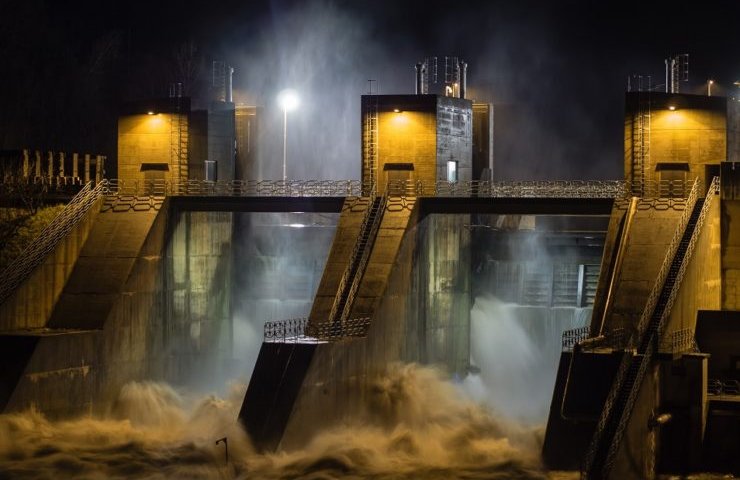Water, climate and energy are inextricably linked. For the sustainable management of these resources requires a comprehensive approach, because climate change increasingly affect water resources around the world.
Hydropower is a major player in the field of renewable energy and provides about 16% of global electricity generation. And its infrastructure provides essential services such as water conservation, water supply, irrigation, flood control and prevention of droughts.
In the next 30 years is expected to increase demand on water, energy and food for 50-100%. Also projected strengthening of the influence on ecosystems and the socio-economic system related to water. Violation of the climate will worsen the situation by increasing the value of the rational use and conservation of water.
over the next 30 years the world will need a new hydro power capacity is 1,000 GW to achieve global goals related to climate change. It also means about 5 million km3 of additional stored water reservoirs for water supply, irrigation, etc.
Almost 70% of fresh water in the world is now in glaciers, snow and groundwater. With increasing temperature and increasing melting of glaciers, the ponds have become the primary target of stabilizing the variability of water flow and water storage in terms of seasonal and annual fluctuations. Reservoirs redistribute water supplies in space and time and ensure high system resilience and adaptation to climate change. Besides, the existing reservoirs can reduce sea level by about 0.55 mm per year, helping to dampen its vibrations.
Hydropower projects bring numerous economic and social benefits. However, the creation of reservoirs modifies the existing natural ecosystems, so the design, construction, operation and maintenance of hydropower plants should be balanced, taking into account all possible negative consequences. Planning hydropower systems with a view to long-term resilience to climate change, will provide our descendants a robust infrastructure.
the mission to promote the goals of sustainable development, experts of the International hydropower Association has developed a set of tools for the sustainability of the industry to climate change, including the assessment and management of greenhouse gas emissions, as well as analysis and management of risks of climate change. More details can be found in the Guide to the climate resilience of hydropower.
Today the world focuses on the need for reliable and flexible low-carbon energy systems. And we have a good potential for further hydropower development to achieve sustainable development goals.
Translation and adaptation of Marina Mallon





